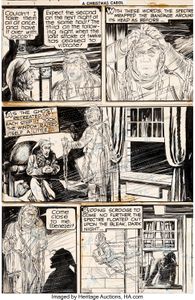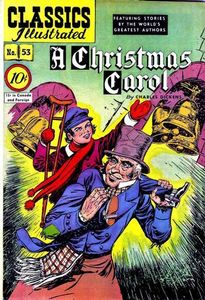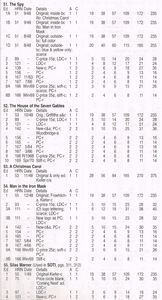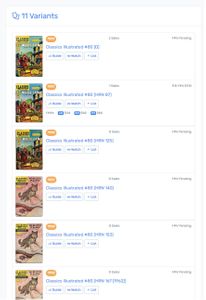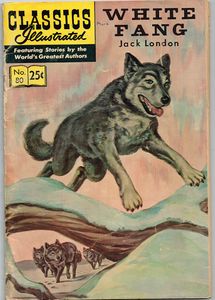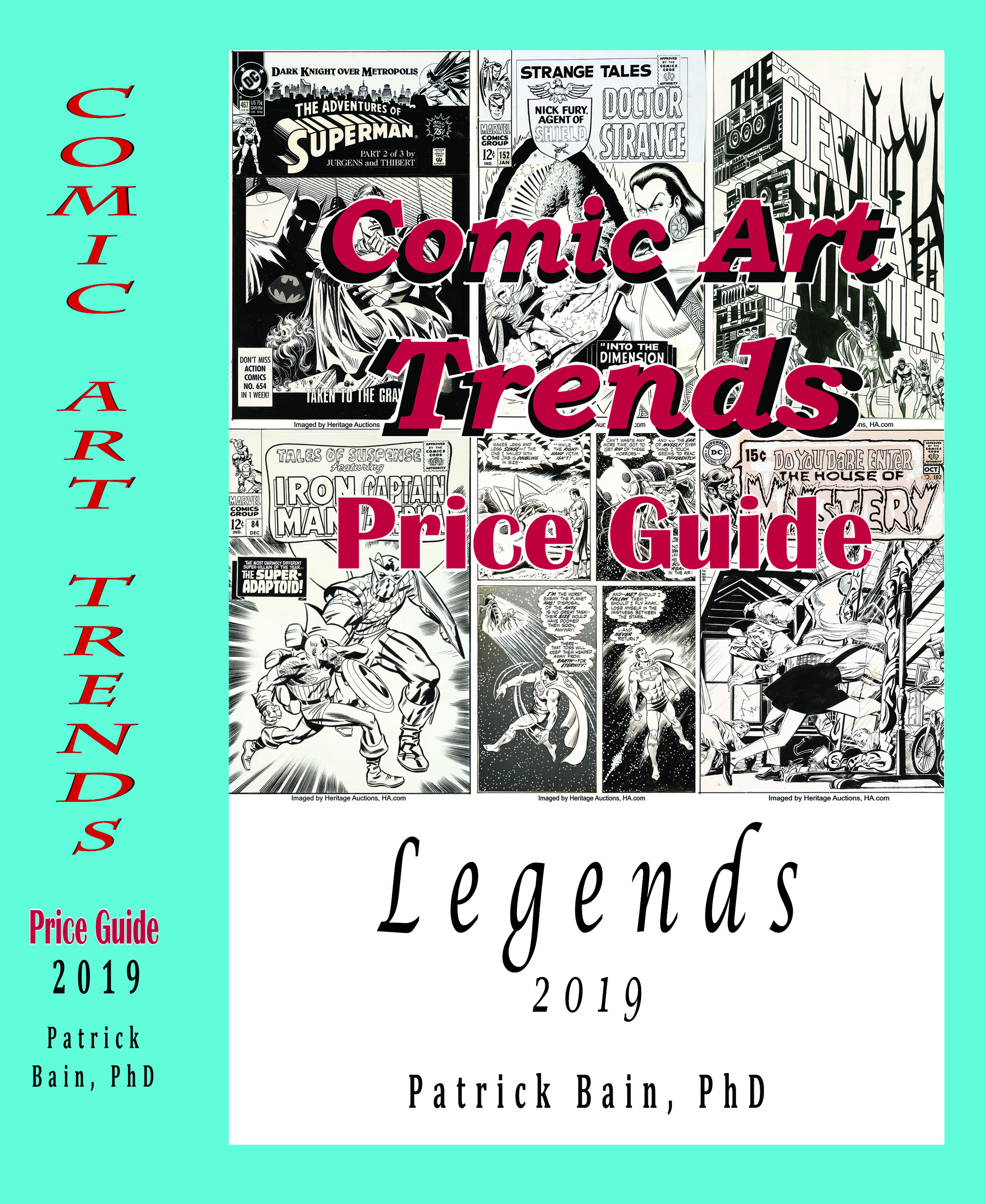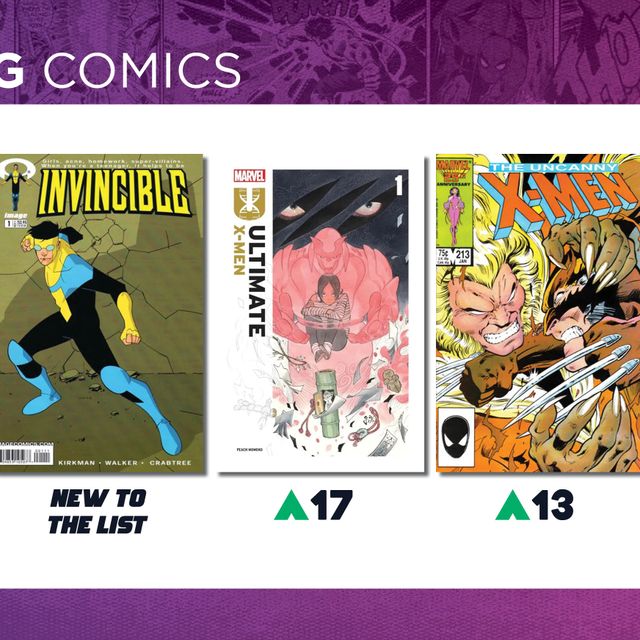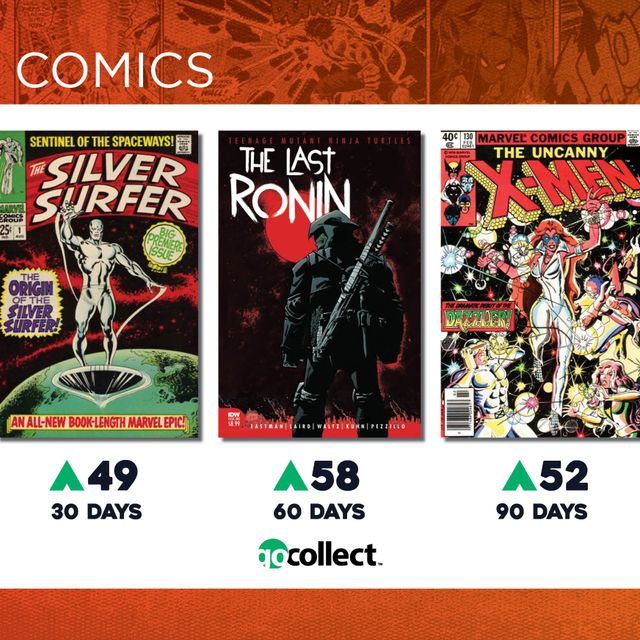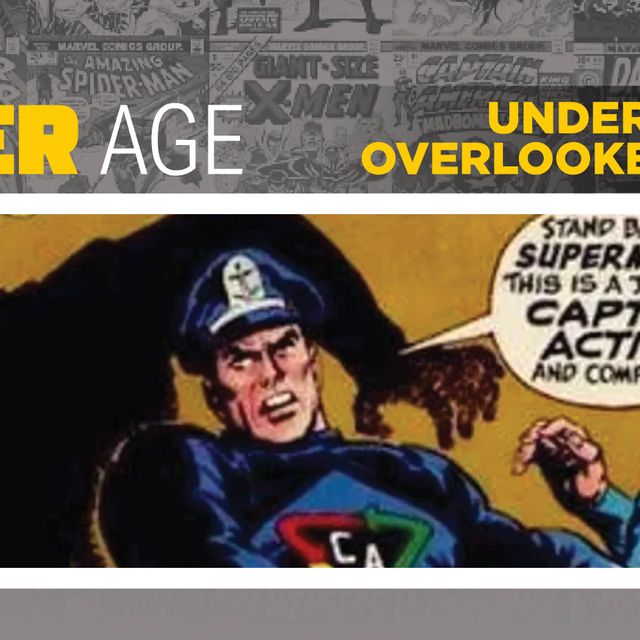“You may be an undigested bit of beef, a blot of mustard, a crumb of cheese, a fragment of underdone potato. There's more of gravy than of grave about you, whatever you are!” Ebenezer Scrooge in A Christmas Carol speaking to the spirit of his dead partner Jacob Marley.
Perhaps you have your own "spirits" rebuking you for not embracing the joy of the season? Like Scrooge, maybe you are ignoring those admonitions and blaming COVID-19 for your lack of holiday enthusiasm. If so, I suggest reading a yuletide classic like A Christmas Carol by Charles Dickens. And why not check out the comic book version from Classics Illustrated 53. It was illustrated by one of two primary artists for the series, Henry C. Kiefer.
Besides talking Dickens, I will also demonstrate that the publishers of Classics Illustrated actually did variants and reprints long before it became cool.
A Christmas Carol as Told by Classics Illustrated
Returning to Dickens, some credited his famous Christmas novella written in 1843 with promoting a renewed enthusiasm for the joys of Christmas. As a celebrated author, Dickens actually toured the world receiving fees to read his books to audiences. Those tours also elevated reading interest among the masses. About a century later, Elliot Publishing and Gilberton Publications brought classic literature to the masses in visual story-telling form.
The first classic turned comic book featured The Three Musketeers in Classic Comics 1 (1941). Later, publishers retitled the series Classics Illustrated. A Christmas Carol holds a rare place among Classics Illustrated books. The story was printed only one time in 1948. Only a handful of classics can make that claim. Gilberton reissued some books over twenty times!
The rarity of Classics Illustrated 53 probably helped to maintain its relative value. Its last two 9.2 NM sales averaged $396. Check out the excerpt from the 2019-2020 Overstreet Price Guide for Issue 53 compared to the first printing of other nearby issues. One might argue that multiple printings can hurt the value of the original printing.
Second, Third, and Nth Printings Before They Were Cool
The first trick to collecting the "classics" means figuring out the reprint decoder ring. (Disclaimer: I'm no expert, just someone whose interest was piqued.)
Let's begin with the Overstreet excerpt. First thought, it looks complicated and unlike other comic books! The first entry is the issue number and the name of the literary classic. Here we see James Fenimore Cooper's The Spy for issue 51 down through Silas Marner issue 55. Column 1 identifies the edition and printings. The next column is confusing, HRN. HRN stands for Highest Reorder Number. On the back of the comic book there is a list of all the books published. That created a handy checklist for kids to mark off the ones they had. Also, a person wanting to make a back order for an older story used that list. A large HRN indicated how many books were already published, and thus, how early or late the printing.
Printing date shows up in the next column with variant details in the next. Of particular interest, the early comics including A Christmas Carol featured Line Drawn Covers (LDC). Later, the publisher reprinted most titles with Painted Covers (PC). Thus, an early variant!
White Fang from my Book Shelf
Take my Classics Illustrated 80 (White Fang) as an example. GoCollect's listing is familiar for anyone into the multiple variants and printings offered among modern comics. In the case of White Fang, two cover variants exist: LDC and PC (acronym memory quiz). Gilberton published a total of 11 printings for White Fang.
I identify mine as the last printing based on the cover price, interior publication date of 1969, and "stiff" painted cover. And for confirmation, I look on the back cover. It indicates issue 169 as the last comic available for reorder, that is (HRN = 169).
Bah Humbug, It's not worth anything!
Finally, a quick check of the guide and Gocollect. So, after all that work to identify the comic, it's worth only $4. The NM 9.2 listing for the last six editions maxes out at $16. Again, I'm not extrapolating to today's variant and reprint market, but it's something to think about.
If you are still feeling a little "Bah Humbug", I recommend some classic animation in How The Grinch Stole Christmas Animation Cels on Christmas Memory Lane.
